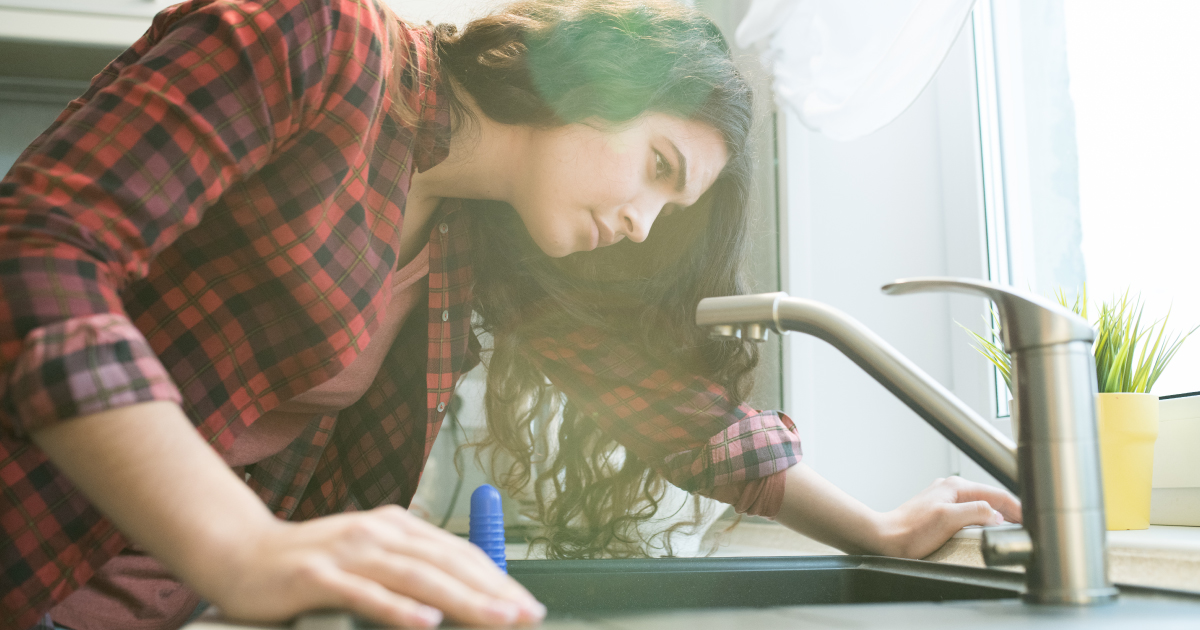Prepare Your Plumbing for the Warmer Months - NEC Coop
Mar 21, 2022 — Electric Tips at Home, Resources

As you complete your spring maintenance tasks, do not neglect an essential home system: plumbing.
As the days grow longer and the weather becomes warmer, your family’s water consumption will most likely increase, and it’s all thanks to filling up pools, spring cleaning, irrigating your garden. Hence, it’s important that your supply lines and pipes are in tip-top shape. Regular once-overs can help you pinpoint areas of concern early, before they turn into a nightmare, like a pipe bursting, releasing hundreds of gallons of water.
Prepare your plumbing for spring to reduce the chances of having a serious issue with your pipes and to conserve water. Here are some plumbing tips for spring.
Inspect
Check below sink pipes, and inspect your faucets as well. Look for signs of leaks and seeping. While you are at it, inspect the exposed pipes in your utility room and garage, and do not forget the ones below the sink. Now’s also a great time to check your pipes for deteriorated or rusty hardware. If you spot an area of your home’s pipes showing signs of significant corrosion, it’s best to replace that part or section right away, instead of allowing them to corrode further.
In most cases, this will need a simple replacement job, and once you are finished, you can go back to enjoying all the fun activities the warm weather has to offer.
Keep an eye out for leaky toilets
Over time, a leaky toilet can compound your monthly utility bill. Worse, it can also cause serious damage to your flooring. To start, check – or better yet – feel the floor surrounding the toilet. If you notice moisture or wetness, it can be a sign of a broken seal or a failed joint. Also, lift your tank’s lid and put in a couple of drops of food coloring. Recheck after 30 minutes; you may have a leak if the color has already made its way into the bowl by then.
Look out for sweaty pipes
This is a common occurrence during warm weather – your pipes might sweat since the water inside them are much colder than the air outside. Sure, your pipes might only be sweating, but it is still wasteful. Protect against this waste by wrapping your pipes.
Limit problems in water pressure
Remember, your home’s water pressure will be directly affected by your increase in overall water usage in the coming months. During the day, try to avoid the times when water usage is at its peak. For instance, you can take your shower much earlier or later than you normally would. You can also preserve water pressure by running your sprinklers a little later than your neighbors. If you do these things and your water pressure still appears low, it’s possible that you have a more serious concern. It’s time to call a professional plumber.
Here are additional plumbing tips for spring:
- Give your outdoor faucet a test run
- Inspect your hoses for expansion
- Remove obstructions in your sprinkler system
- Clean your sump pump
- Check the supply hoses of your washer
- Turn off the valve of the water main
Sources:
“Preparing Your Plumbing for Spring,” Howe Plumbing, https://howeinc.com/blog/preparing-your-plumbing-for-spring/
“4 Things You Should Do to Prepare Your Plumbing for Spring,” Evans Plumbing, https://www.evansplumbinginc.com/blog/plumbing-service/4-things-you-should-do-to-prepare-your-plumbing-for-spring/
“6 Common Spring Plumbing Problems and Solutions, Plumbwize, https://www.plumbwize.ca/blog/common-spring-plumbing-problems-solutions/

